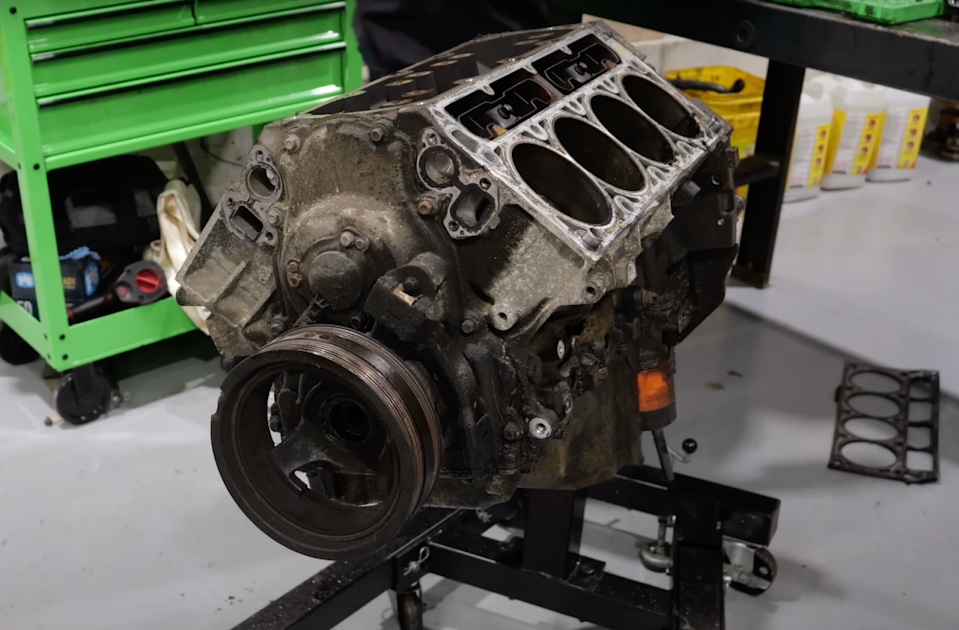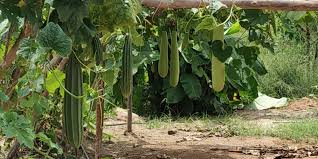Archaeologists Found a 6-Foot Sarcophagus at the Bottom of a Forgotten Staircase
Here’s what you’ll learn when you read this story:
An archaeological team in Egypt’s Aga Khan Mausoleum area discovered a buried Greco-Roman tomb at the bottom of a stone staircase.
Located on the Nile’s west bank in Aswan, the rock-cut tombs contain well-preserved hieroglyphic inscriptions.
An impressive six-foot-tall limestone coffin also contained multiple mummified remains.
Nine steps down a stone staircase in Egypt’s Aga Khan Mausoleum, archaeologists discovered a host of hieroglyphic inscriptions among what they call “one of the most architecturally impressive and well-preserved tombs unearthed to date.”
Tucked away more than six feet underground, the tomb includes a roughly six-foot-tall limestone sarcophagus atop a rock-carved platform, the Egyptian Ministry of Tourism and Antiquities said in a statement. Vertical columns of hieroglyphic text run the length of the sarcophagus, and include prayers to local deities alongside a record stating that the tomb’s owner, Ka-Mesiu, was a high-ranking official.
A joint Egyptian-Italian archaeological mission—led by the Supreme Council of Antiquities and the University of Milan—uncovered several rock-cut tombs from the Greco-Roman period. Tomb No. 38 was the crown jewel of the discoveries, and included a nine-step staircase surrounded by mudbrick benches that were likely meant to house funerary offerings.
The sarcophagus in the heart of the tomb included an anthropoid lid with a “finely detailed human face adorned with a decorative wig and remarkable painted features.” The tomb also contained several mummies, including those of children.
The find provides “new insights into the social dynamics of the region during the Ptolemaic and Roman periods” and reinforces Aswan’s historic status as a major cultural center in southern Egypt, H.E. Sherif Fathy, ministry of tourism and antiquities, said in a statement. “These tombs not only reflect the greatness of the Pharaonic civilization but also its capacity for adaption and continuity under new administrations, such as those of the Ptolemies and the Romans,” he continued.
Mohamed Ismail Khaled, secretary general of the Supreme Council of Antiquities, added that the discovery reveals clear evidence of the necropolis’ continued funerary use by various social classes over a significant amount of time. The elite were buried in tombs atop the plateau, while the middle class we buries along the slopes near the Aga Khan Mausoleum in Aswan.
Khaled said the mummies will undergo CT scans and biological analyses to attempt to discover their identities, health conditions, and causes of death. The team will also investigate the hieroglyphic inscriptions and artifacts in the hopes of gaining further insight into the funerary traditions and religious symbolism of the later periods of ancient Egyptian history.
Tomb No. 38 could be just one of many discoveries to come at the site. Mohamed Abdel-Badei, head of the Egyptian Antiquities Sector at the Supreme Council of Antiquities, said that the hill’s plateau hosts a series of large underground tombs dating to the Ptolemaic period that were once meant for elite families before later being reused during the Roman era. Who knows what else the area could still hide?
You Might Also Like
The Do’s and Don’ts of Using Painter’s Tape
The Best Portable BBQ Grills for Cooking Anywhere
Can a Smart Watch Prolong Your Life?














